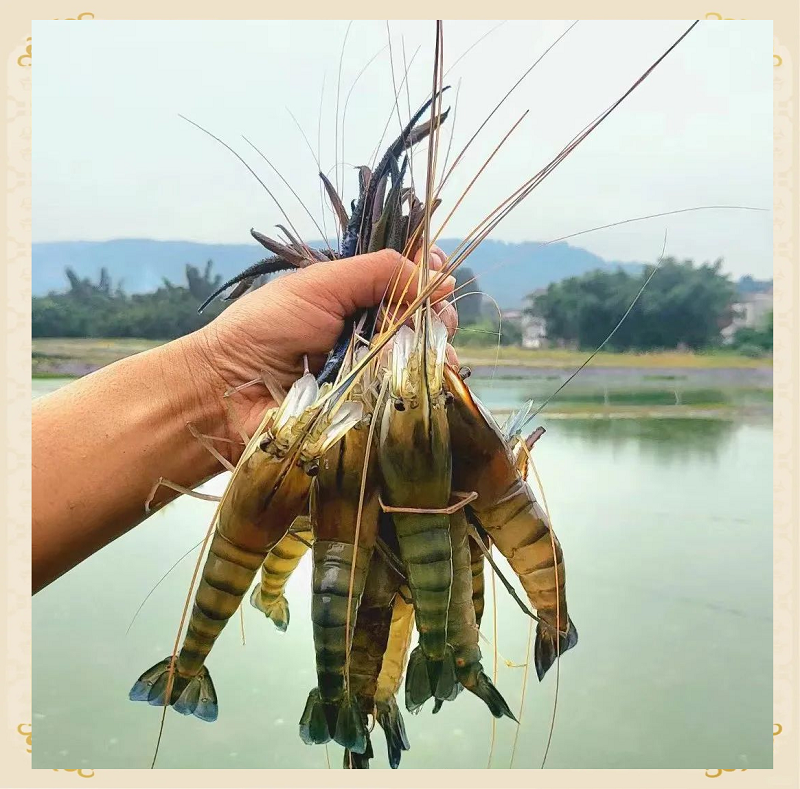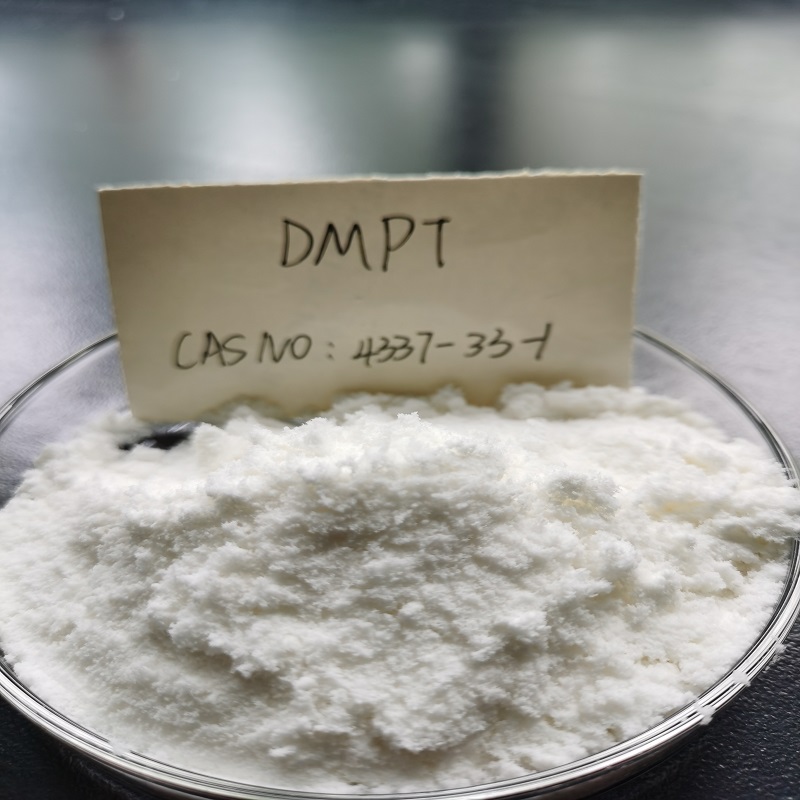Macrobrachium rosenbergii is a widely distributed freshwater shrimp with high nutritional value and high market demand.
The main breeding modes of Roche shrimp are as follows:
1. Single aquaculture: that is, only cultivating Roche shrimp in a single water body and not other aquatic animals. The advantages of this farming model are simple management and high profits, but the disadvantages are high water quality requirements, easy occurrence of diseases and mutual predation.
2. Mixed aquaculture: refers to the cultivation of Roche shrimp and other aquatic animals such as fish, snails, clams, etc. in the same water body. The advantage of this aquaculture model is to utilize the multi-layered space of the water body, improve water productivity, increase income sources, and reduce competition and predation among Roche shrimp, thereby reducing the occurrence of diseases. But the disadvantage is that the management is complex, and attention needs to be paid to the selection and proportion of breeding species to avoid mutual influence and food grabbing.
3. Crop rotation aquaculture: refers to the alternating cultivation of Procambarus clarkii and other aquatic animals in the same water body according to a certain time sequence, such as shrimp farming in rice fields and fish farming in rice paddies. The advantage of this aquaculture model is to fully utilize the seasonal changes in water bodies, achieve dual benefits for aquatic products and crops, while also improving the ecological environment of water bodies and reducing the occurrence of diseases. But the disadvantage is that attention needs to be paid to the arrangement of the breeding cycle to avoid mutual interference and influence between aquatic products and crops.
Advantages and Challenges of Roche Shrimp Farming Technology:

1. The advantages of Roche shrimp farming technology mainly include the following:
Roche shrimp is a high-value aquatic product with high nutritional value and high market demand, which can bring high economic benefits.
2. Roche shrimp is an omnivorous animal with a wide food range, which can utilize natural food and low value bait in water bodies to reduce breeding costs.
3. Roche shrimp is a highly adaptable animal with a wide range of living temperatures and salinities, and can be cultured in different water bodies, increasing the flexibility of aquaculture.
4. Roche shrimp is a fast-growing animal with a short growth cycle and high yield, which can shorten the breeding cycle and improve breeding efficiency.
5. Roche shrimp is an animal suitable for mixed farming and crop rotation farming, which can complement other aquatic animals and crops, improve water productivity, and achieve diversified development of aquaculture and agriculture.
The challenges of Roche shrimp farming technology mainly include the following:
1. Roche shrimp is an animal with high water quality requirements, and its growth and development are greatly affected by water quality. It is necessary to strengthen water quality monitoring and management to prevent water pollution and deterioration.
2. Roche shrimp is an animal that is prone to diseases, with low immunity and susceptibility to pathogens such as bacteria, viruses, fungi, and parasites. Therefore, it is necessary to strengthen disease prevention and control to reduce the death and loss of Roche shrimp.
3. Roche shrimp is an animal that is prone to mutual predation, with significant differences in sex ratio and body size, which can lead to competition and attacks between male shrimp. Therefore, it is necessary to strengthen the control of sex ratio and body size uniformity to reduce conflicts and injuries among Roche shrimp.
4. Roche shrimp is an animal affected by market fluctuations, and its price and demand vary with seasons and regions. It is necessary to strengthen market investigation and analysis, formulate reasonable breeding scale and goals, and avoid supply-demand imbalance and price decline.
DMPT (Dimethyl - β - Propionate Thiophene) has the following significant advantages in aquaculture, especially in shrimp farming:

1. Improve feeding efficiency
DMPT significantly increases feeding frequency and speed, shortens feeding time, and reduces feed waste by stimulating shrimp's olfactory and gustatory receptors. Research has shown that adding DMPT to feed can increase the utilization rate by about 25% -30% and reduce the risk of water pollution.
Promote growth and molting.
2. DMPT can accelerate the molting cycle of shrimp and shorten the growth cycle. Meanwhile, its sulfur-containing structure can promote amino acid metabolism, improve amino acid utilization, and further enhance growth efficiency.
3. Enhance meat quality and economic value.
4. DMPT can improve the meat flavor of shrimp, giving freshwater shrimp a fresh and sweet taste similar to that of sea shrimp, enhancing market competitiveness.
5. Safety and Environmental Protection.
6. DMPT shrimp is non-toxic, with low residue, and meets the requirements of green aquaculture.
Post time: Jul-11-2025





